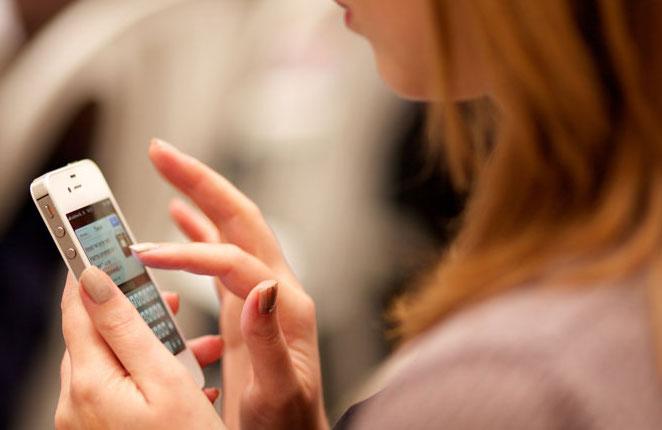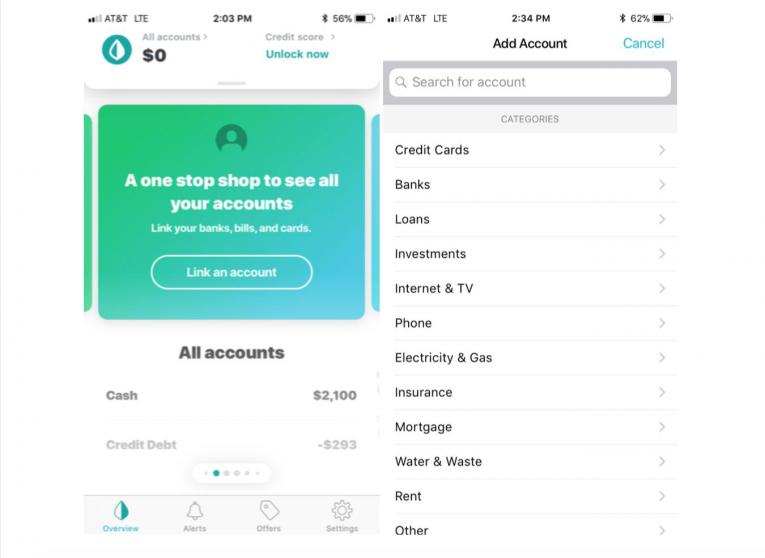Here’s How To Use Your Phone To Become A Personal Finance Badass

Jisc
We gotta ask: how comfortable would you say you feel about taking control of your finances? Some of you may be money wizards, and some of you might read the word “personal finance” and start dozing off. We’re no strangers to the fact that talking about money just isn’t fun, but keeping track of money is simply part of life.
Thankfully, you don’t have to walk into a bank and have a three-hour meeting with someone to figure your shit out. You’ve got your phone for that. Most likely, your phone is within 10 feet of you at all times, and you use it to connect with people, check the weather, listen to music and a million other things. Why not use it to learn about your own money? Here are a few apps you can use to become a total budgeting, saving and investing wiz.
Learn the ins and outs of basic budgeting.

Swirled/Hilarey Wojtowicz
The first step to handling your money like a pro is to learn your own spending patterns. Download a basic money-tracking and budgeting app like Mint, which will track your spending habits, allow you to sync bill payments to the app and it will even show you your monthly credit score to date. The best part about budgeting apps is that they create visually-appealing reports that will show you how much money you spent on certain things, like food and drinks, utilities, clothes and more.
Make sure to check your budgeting app of choice once a day to keep it updated, and pay attention to the personalized reports you get once each week. In order to budget well, you need to recognize how you spend money, then decide whether you need to make changes. If your app tells you that you spent $200 on clothing this month when you never mentally budgeted for that expense, you’ll probably be more mindful going forward.
Take your knowledge to the next level.
If you feel confident that you know your own spending patterns, you might be ready to save some money. You may even be thinking, “What’s all this stuff about investing?” Let us introduce you to the incredible world of *managing your money*.
First, look into an app that can legitimately help you save cash. Apps like Digit and Acorns, which you connect to your bank account, are designed to take out small amounts of money throughout the month and stash your savings into an account you can access at any time.
Digit first learns how you spend, and then it will withdraw similar amounts to your smaller purchases throughout the week. The app sends you daily texts to update you on how much it has saved you so far and how much you have in your main checking account. You can choose to tell Digit to save more or less aggressively, depending on your budget.
Acorns‘ method of saving you money is a bit different: after you connect the app to your main bank account, it will round up each purchase you make to the nearest dollar and stash away the residual in a separate savings account.
Reach for the (investing) stars
Let’s say you want to get a little more in-depth with your money, beyond saving and spending. Apps like Ellevest and Fidelity teach you about different kinds of investing, what options make sense for you and how to actually start investing. Basically, the apps want to take the scariness out of investing and help you learn about what options are out there without having to put down $10k right away. You can start investing as little as $5, and you even have access to financial advisers who can answer your questions.
That’s it, friends. If you’ve mastered tracking your purchases and are saving your money, you’re good to go. And guess what? You didn’t even need to walk into a bank to do it. You’re basically your own financial adviser, for no extra cost. 😉











